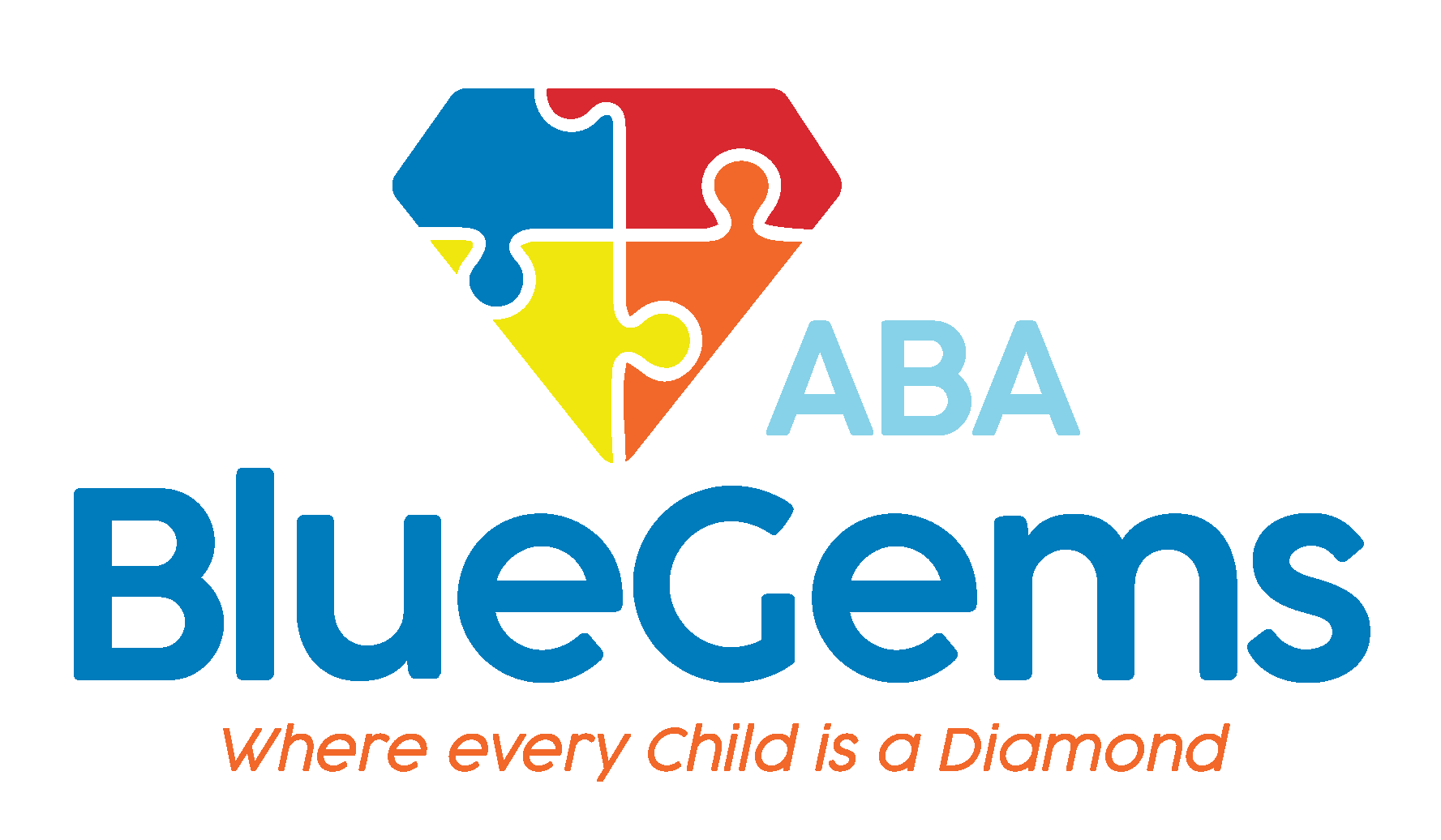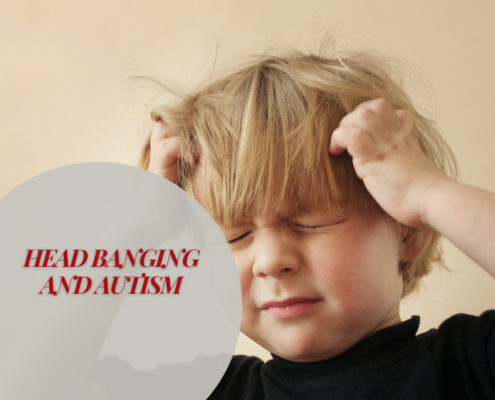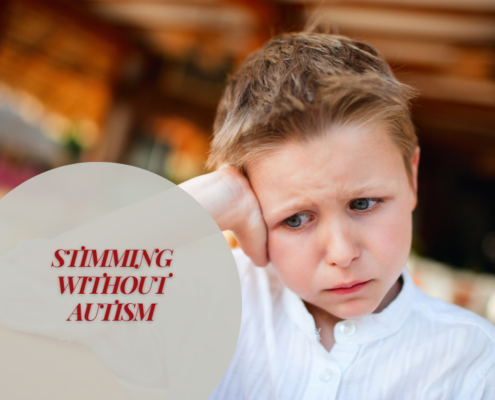Ejemplos y comportamientos de estimulación
Parte de la Guía completa de estimulación
Los comportamientos autoestimulantes los presentan todo tipo de personas. Sin embargo, el término "estimulación", como se conoce más comúnmente, suele referirse a las personas que padecen autismo.
Este comportamiento de estimulación puede presentarse de diferentes maneras. Independientemente de cómo "estimule" el niño autista, el motivo es básicamente el mismo.
Los niños con autismo suelen tener dificultades con las habilidades sociales y de comunicación, así como para procesar los estímulos y las emociones resultantes. Por eso, lo que hacen como respuesta para ayudar a controlar sus emociones es "estimular".
A continuación, hablaremos de la estimulación con más detalle y daremos ejemplos detallados de cómo los niños con autismo pueden mostrar este comportamiento.
Índice
¿Qué es exactamente la estimulación?
La estimulación suele referirse a cualquier acción repetitiva destinada a estimular los sentidos. Algunas personas se estimulan cuando hay demasiados estímulos en su entorno, mientras que otras lo hacen cuando no hay suficientes.
Los niños con autismo pueden tener dificultades para enfrentarse a este tipo de entornos y, por ello, estimulan para ayudarles a regular las emociones que sienten. También pueden estimular si una situación les resulta demasiado abrumadora.
La estimulación en sí no es perjudicial. Para muchas personas, puede ser tan sencillo como morderse las uñas, mover las piernas o dar golpecitos con los dedos si están nerviosas.
En el caso de los niños autistas, la estimulación puede ser más frecuente y el comportamiento suele ser más pronunciado. Esto puede dificultar el desarrollo adecuado de las habilidades de comunicación y causar problemas en situaciones sociales.
Por eso es tan importante ayudar a los niños autistas a controlar sus estímulos.
¿Cuáles son algunos ejemplos de estimulación?
La estimulación tiene muchas formas y sentidos. En muchos casos, sin embargo, la estimulación se relaciona con un sentido principal, aunque ciertamente puede implicar múltiples sentidos.
He aquí una lista de los distintos tipos de estimulación, así como un ejemplo de cada uno de ellos.
Auditivo
La estimulación auditiva se refiere a los sonidos. Puede consistir en que un individuo haga un ruido una y otra vez o escuche los mismos sonidos repetidamente. Puede ser que el niño aplauda, tararee, chasquee los dedos o le encante que le repitan una canción concreta.
Una forma de ayudar a los niños a controlar los estímulos auditivos es darles un tubo de burbujas, que emite suaves ruidos burbujeantes y puede calmarlos.
Más información sobre la estimulación auditiva
Visual
La estimulación visual se refiere a las cosas que se pueden ver, e incluye cualquier acción repetitiva que implique la vista o los ojos. Por ejemplo, mirar fijamente objetos que se mueven constantemente, como ventiladores de techo, parpadear repetidamente o estar obsesionado con encender y apagar las luces.
Para ayudar a los niños a controlar los estímulos visuales, los padres pueden proporcionarles iluminación sensorial. El constante cambio de colores puede hipnotizarles.
Más información sobre la estimulación visual
Vocal
La estimulación verbal se refiere a ruidos, sonidos y palabras. Puede tratarse de la necesidad de repetir sonidos agradables o sonidos que han oído en otra parte y les han gustado. Por ejemplo, chasquear la lengua, repetir constantemente frases o palabras y silbar.
Los ecualizadores de sonido son una forma estupenda no sólo de ayudar al niño a controlar su estimulación verbal, sino también de introducir un elemento visual.
Más información sobre la estimulación vocal
Táctil
La estimulación táctil se refiere a las cosas que se pueden tocar. En los niños con estimulación táctil, diferentes texturas y toques pueden evocar una reacción significativamente diferente a la de los demás. Su estimulación puede consistir en apretar cosas, apoyarse en objetos, frotarse las manos y/o tocar diferentes superficies.
Existen cojines sensoriales que vibran y que podrían ayudar a redirigir los estímulos táctiles del niño.
Más información sobre la estimulación táctil
Olfativa y oral
La estimulación olfativa y oral se refiere a todo lo relacionado con la nariz y la boca. Los niños que experimentan este tipo de estimulación se sienten atraídos por los olores y sabores fuertes, porque les estimulan mucho.
Este tipo de estimulación puede presentarse olfateando, lamiendo, masticando, mordiendo, rechinando los dientes o poniéndose objetos en los dientes o la lengua.
Más información sobre la estimulación olfativa y oral
Vestibular
La estimulación vestibular implica acciones relacionadas con el equilibrio. Algunos ejemplos son girar, pasear, rodar, saltar, mecerse y otros movimientos.
Para los niños que participan en actividades de estimulación vestibular, las zonas de juegos blandos son ideales. Son un lugar seguro donde los niños pueden mover el cuerpo de muchas formas distintas sin riesgo de hacerse daño.
Más información sobre la estimulación vestibular
Otros ejemplos
Blue Gems ABA ayuda a los niños a controlar los estímulos
Las conductas de estimulación son frecuentes en los niños autistas, ya que les ayudan a procesar sus emociones y a enfrentarse a todos los estímulos del mundo que les rodea. La estimulación puede adoptar muchas formas diferentes, y algunos de los ejemplos más comunes se han descrito anteriormente.
En Blue Gems ABA, tenemos BCBAs formados, licenciados y certificados que se dedican a ayudar a los niños con autismo a desarrollar las habilidades sociales y de comunicación que necesitan para tener éxito en la vida. Para ello, nos centramos en un tratamiento basado en la ciencia llamado análisis conductual aplicado, o terapia ABA.
Para más información póngase en contacto con Blue Gems ABA hoy.







